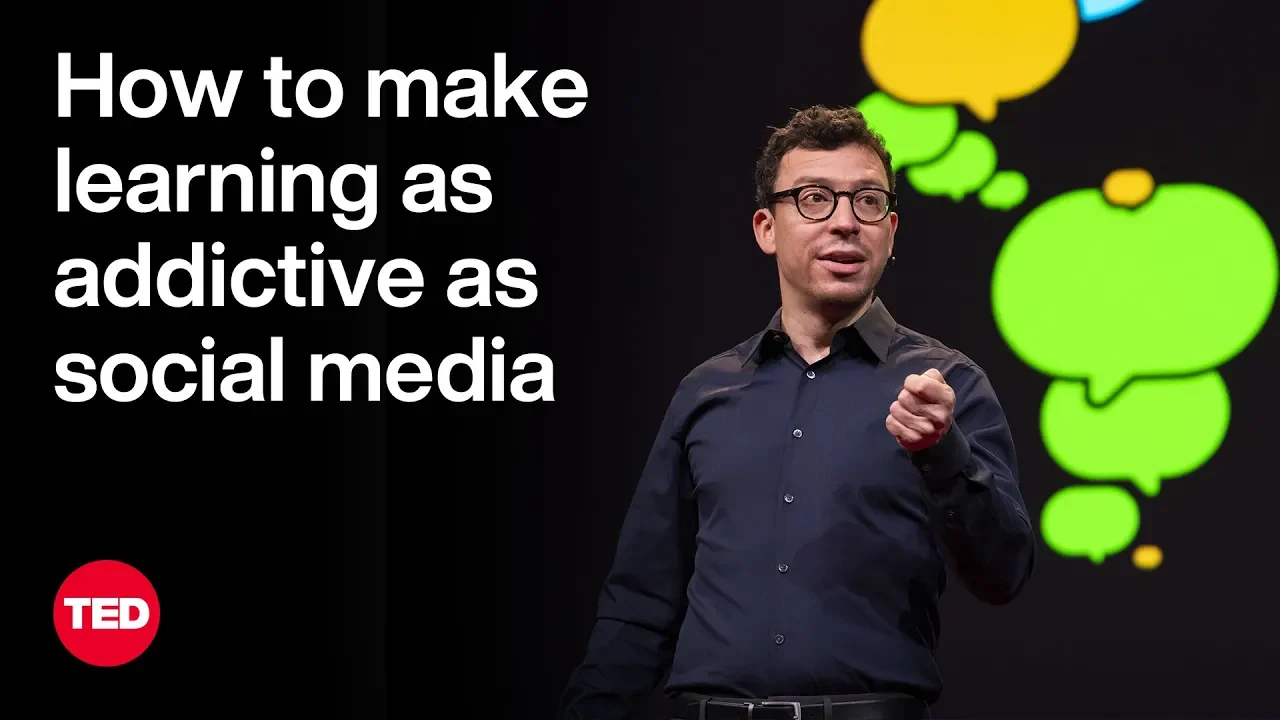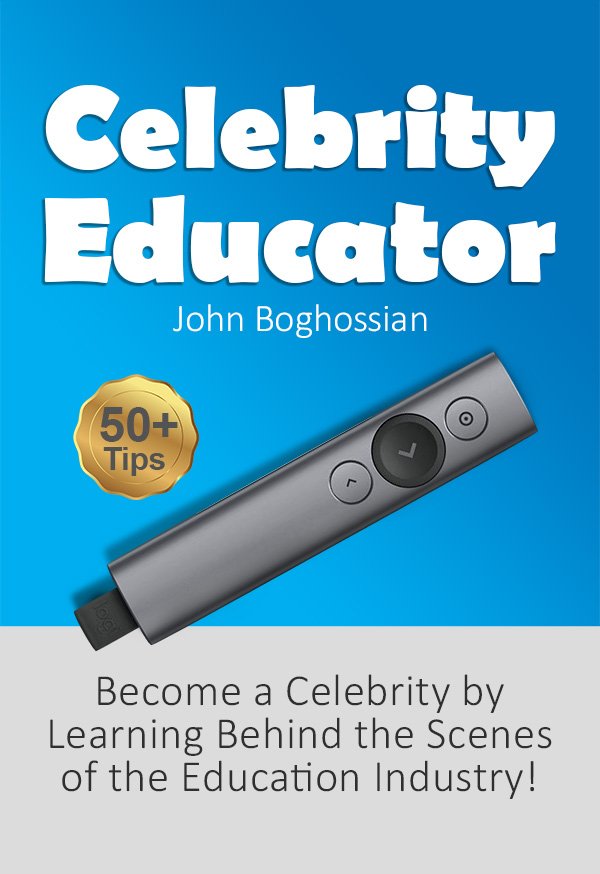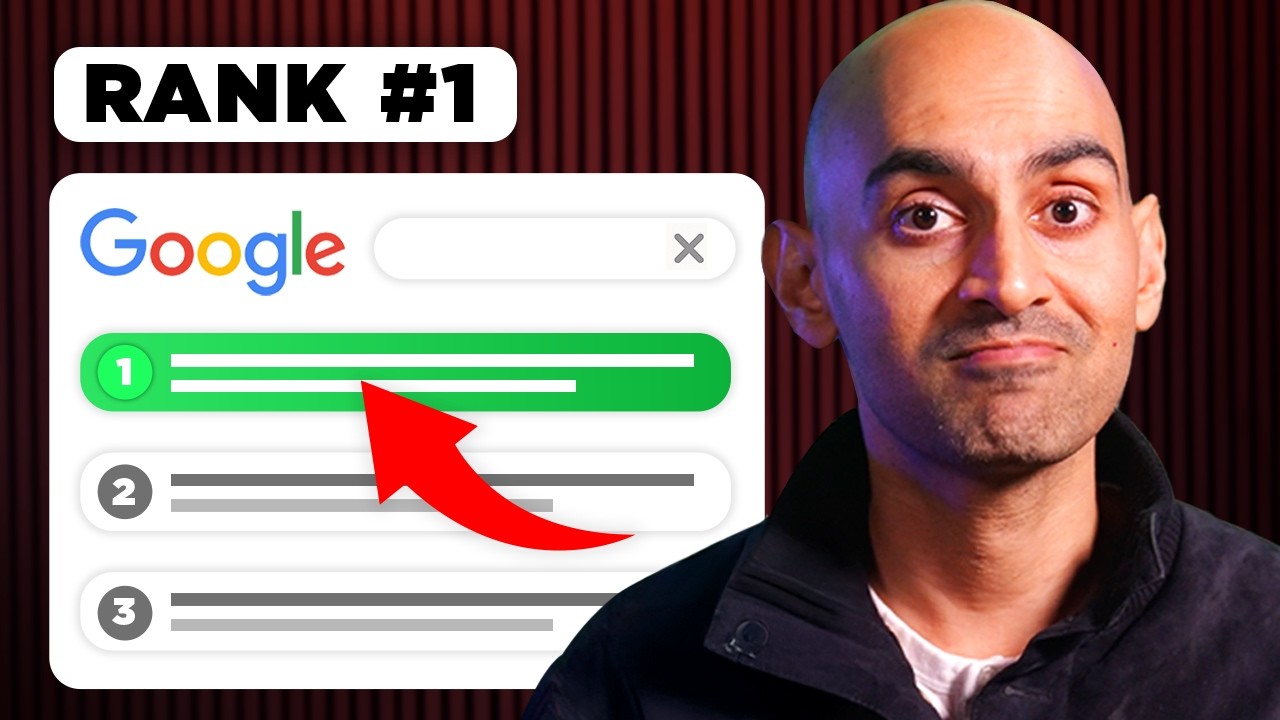Contents
Education is a powerful tool that can shape lives and create opportunities, but it often faces significant challenges in accessibility and engagement. In a world dominated by social media and mobile games, how can educational platforms compete for attention? Luis von Ahn, the CEO of Duolingo, shares insights into how they transformed language learning into an engaging experience, using techniques inspired by social media. This blog dives into his journey, the foundation of Duolingo, and the innovative strategies that have made it a success.
The Roots of Duolingo
Born in Guatemala, Luis von Ahn has always been aware of the disparities in education. He humorously points out the geographical confusion surrounding his home country, contrasting it with Guantanamo. Guatemala, a smaller and poorer nation, struggles with educational inequality. Wealthy individuals can afford quality education, while those with fewer resources often miss out, perpetuating cycles of poverty.
Despite growing up without riches, von Ahn received a top-tier education thanks to his mother, a single parent who prioritized his schooling. This experience ignited his passion for providing equal educational access to all. Approximately ten years ago, while a professor at Carnegie Mellon University, he began working towards this goal with his PhD student, Severin.
Choosing a Focus: Language Learning
Von Ahn and his team faced a crucial decision: what should they teach first? Initially considering subjects like math and computer science, they eventually recognized the vast demand for language learning. With around two billion people worldwide learning foreign languages—predominantly English—Duolingo was born from the idea that language education could significantly enhance income potential.
Learning English, in particular, opens doors for job opportunities and higher salaries. This contrasts with subjects like math, where knowledge often leads to further studies before any financial benefits can be realized. The decision to focus on language learning was strategic, targeting a massive audience eager for accessible education.
The Power of Mobile Accessibility
With the understanding that traditional education methods, such as building schools, were not feasible on a global scale, von Ahn recognized the potential of mobile technology. Smartphones are increasingly ubiquitous, making them an ideal platform for delivering education. Thus, Duolingo was designed to be accessible on mobile devices, allowing anyone with a smartphone to learn languages for free.
To sustain this model, Duolingo employs a freemium approach. Users can access lessons without payment, but those who wish to eliminate ads can subscribe. This model has proven effective, with the majority of revenue coming from users in wealthier countries, ultimately supporting users in poorer regions. Von Ahn views this as a form of wealth redistribution—wealthy users fund the education of those who cannot afford it.
Competing with Addictive Platforms
One of the most significant challenges in delivering education via smartphones is the competition from highly addictive applications like TikTok and Instagram. Von Ahn likens education on mobile devices to presenting broccoli alongside irresistible desserts. To make learning appealing, Duolingo needed to harness the same psychological techniques that keep users engaged with social media and mobile games.
Duolingo’s solution? Transforming education into an engaging experience. By making learning feel rewarding, they can compete with the allure of scrolling through social media feeds. The goal was to make “broccoli taste like dessert,” ensuring that users find joy and motivation in their educational journey.
Psychological Techniques to Enhance Engagement
Duolingo employs several effective strategies to keep users engaged. One of the most powerful is the concept of “streaks.” A streak tracks the number of consecutive days a user engages with the app. This simple counter encourages daily participation, as users are motivated to maintain their streaks and avoid resetting the count to zero.
Interestingly, streaks have been criticized for promoting addictive behaviors in other contexts, such as social media. However, in the educational realm, they encourage consistent study habits. Von Ahn shares that over three million users have maintained streaks longer than 365 days, highlighting the effectiveness of this approach.
Another tool in Duolingo’s engagement arsenal is notifications. While notifications can often feel spammy, Duolingo uses them strategically to remind users to learn. Their sophisticated AI system determines the optimal time to send notifications, maximizing the likelihood that users will return to the app. Surprisingly, the best time to send a notification is often 24 hours after the user’s last session, aligning with their typical availability.
Leveraging Humor and Memes
Duolingo’s green owl mascot serves as a friendly reminder for users to engage with their lessons. The mascot’s playful personality has led to a plethora of internet memes, which add a layer of humor and relatability to the learning experience. One popular meme humorously depicts the owl breaking into a user’s home to remind them about their forgotten lessons, showcasing the lengths to which the mascot will go to encourage learning.
By entering the cultural zeitgeist, Duolingo has made language learning fun and accessible. There are countless memes and even SNL skits that poke fun at the mascot’s dedication, illustrating how Duolingo has successfully blended education with entertainment.

The Future of Learning
While von Ahn acknowledges that educational apps may not compete directly with the level of engagement found in social media, he believes that a meaningful learning experience can still capture attention. Learning inherently provides a sense of fulfillment and purpose, which can outweigh the fleeting gratification of scrolling through feeds filled with celebrities and cats.
Von Ahn emphasizes that even if an educational platform achieves only 80-90% of the engagement found in social media, it can still attract millions of users. As an example, Duolingo has more users learning languages than all U.S. high schools combined, demonstrating the platform’s reach and effectiveness.
Looking ahead, von Ahn envisions a future where the methods used in Duolingo can be applied to other subjects. He believes that any subject learned through repetition—like math or reading—can be gamified and made engaging. While challenges remain, the potential for mobile education to thrive is significant.
Conclusion
Luis von Ahn’s journey with Duolingo illustrates the power of innovation in education. By leveraging technology and psychological insights, Duolingo has transformed language learning into an engaging and accessible experience for millions worldwide. As we look to the future, the hope is that similar strategies can be employed to enhance learning in various subjects, making education enjoyable and available to all.
So, if you haven’t already, go ahead and do your language lessons today—your future self will thank you!








